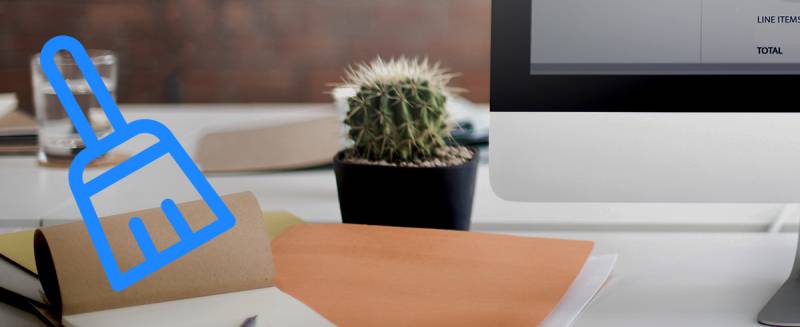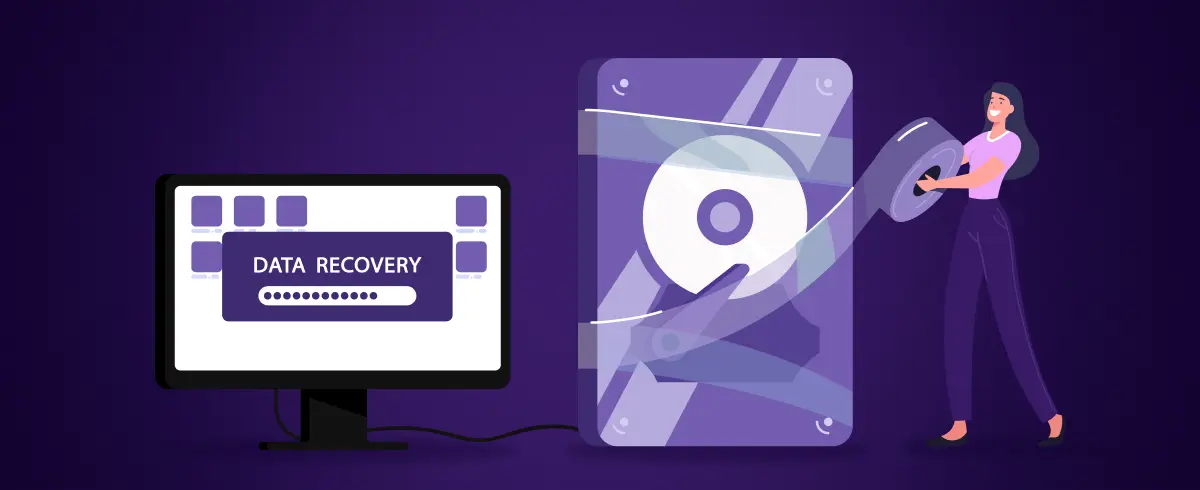
07 October 2021
What to Do If Your Mac Camera Is Not Working
A MacBook has a built-in camera at eye level, usually hidden in a black part above the display area. This article will help you with two important questions:
- Is your MacBook camera not working when you need it?
- Is your MacBook camera off if you don’t need it?
There is usually no problem when you just need to take a look at yourself in the Photo Booth (yes, that is still a thing) or make a call on FaceTime, but nowadays you might be asking more services, like Skype or Hangouts, to access that camera.

A MacBook camera is internal and has no physical or digital “on” button. It turns on only when an application tries to use it. If you are staring at a blank screen when you think you should be seeing your own face, then your Mac camera not working could be the issue.
However, it is more likely that the application just needs permission to use the camera.
How do I turn on the camera on my Mac?
To turn on the camera on a Mac you will need to open any approved application that will try to use it. For example, when I open my FaceTime or Photo Booth app, the app will ask the operating system to turn on the camera.
Since these apps were developed by Apple and usually pre-installed with the operating system, they already have access to the camera on my Mac and the camera will turn on when I open the apps.
When using an app like Skype or Zoom, without first enabling camera access, it will seem like it is the Mac camera not working. Since Skype and Zoom are apps not made by Apple, they will need explicit permission from you before the camera is allowed to be used.
In this case, there is a need to open my System Preferences to enable the camera to work.
How to Enable Camera on Mac
The Mac camera settings will restrict access to approved applications only. You can grant permission to any app you trust in your System Preferences.
1. Click on the Apple on the menu bar and select "System Preferences".

2. From the options available, select “Security & Privacy”.

3. In the Security & Privacy section, select the “Privacy” tab (see #1 in the image below). Then select "Camera" (#2) to see what apps may already have permission and some that are asking for permission.
If the lock is closed (#3), then click on the lock and you will be prompted to enter your user password. After that, you can check a box (#4) to grant permission for an app or uncheck any boxes to deny access to the camera.

If the service that is trying to use the camera is coming through a browser (i.e. Chrome or Safari) then you will need to grant access to that browser first and then grant access to the site.
Camera Access in Safari
When using Safari to access an online video service, like jitsi.org in the following example, you will be alerted by Safari of any attempts by that site to turn on the Mac camera.

Clicking “Allow” will grant access. When you are on a site that has permission or is using the camera, there will be an icon in the address bar that, when clicked, will let you modify those permissions.
![]()
You may see all site permissions in Safari’s preferences. To do so, when in Safari, simply hold ⌘ and press the “comma” key and the preferences will appear. You can also navigate to the Safari menu bar and select “Preferences”.

From the Preferences in Safari (see image below), click on the “Websites” tab (#1) for site permissions. Clicking on the "Camera" option (#2) will show you current sites that have permissions (#3) that you can then change as needed.
You may notice that this looks very familiar to the Security and Privacy section in the System Preferences, but keep in mind that this is just the permissions granted for sites visited via Safari.

Camera Access in Chrome
When using the Google Chrome browser to access Hangouts or any other video service, you will be asked to grant permission for the site to use the camera and microphone when you first attempt to launch any video service.
You can simply grant permission at that time by clicking “Allow” in the pop-up in the top-left corner of the browser window.

However, if you ever dismiss or block these requested permissions and need to make a change, you can modify them in Chrome’s settings.
Simply navigate to Chrome settings, also known as preferences, by holding ⌘ and pressing the “comma” key, or clicking on the three dots menu at the top right of any Chrome window and selecting “Settings”.

From the Settings, select the option “Site Settings”.

From the Site Settings section, there will be options for “Permissions” and a section for “Camera”.

Here you will see the options for which camera will be used, in case any other webcams are connected, else it will choose the internal iSight or FaceTime camera as a default. You will also have the option to remove or edit the permissions of any sites that have previously been given access to the camera in Chrome.
Resetting the Mac Camera
If all the permissions are allowed and the camera is still not working, then it is time to restart your Mac.
If that didn’t work, then you can restart the system process that controls the camera. Sometimes these processes get stuck in a loop and restarting the camera assistant can help with these errors.
If you’ve checked all the permissions and you are still getting an error that says “No Connected Camera” or there is just a blank screen where the video should be showing, then you may need to reset this camera controller process and try again.
To reset the camera assistant, go to your "Applications" folder (#1 below) and open the "Utilities" folder (#2). From the Utilities, double-click to open "Activity Monitor" (#3).

Depending on your system updates, the service you are looking for may be called “AppleCameraAssistant” or “VDCAssistant”. Use the Search box in the top right and search for just the word “Assistant” and you will see which one you have.

Find the entry labeled either “AppleCameraAssistant” or “VDCAssistant” and select it. Then click the “X” on the top left and verify that you wish to “Force Quit” the process.

Selecting “Force Quit” will completely stop any instance of the camera assistant that may have been stuck. Now, relaunching the app or site that needs to access the camera will restart the assistant and any failed request to turn on the camera on your Mac should now be possible.
Once you’ve reset the camera assistant process, then you may ask “How do I test my Mac camera?” I would suggest first opening Photo Booth or FaceTime as these apps should be given full system and camera access by default.
Lastly, if you have tried everything else above and you still are not getting your camera to turn on when it should, then you can reset the System Management Controller or SMC. This is a detailed process that can be completed by following these steps here.
Fixing the Mac Camera
The internal camera in a MacBook is tough and dependable. Usually, it is built to outlast the MacBook to which it is attached.
It is likely that the camera is in working condition unless visible physical damage is present. In most cases, adjusting some permissions or restarting some software is all it should take to fix the Mac camera not working.
Software Expert

































